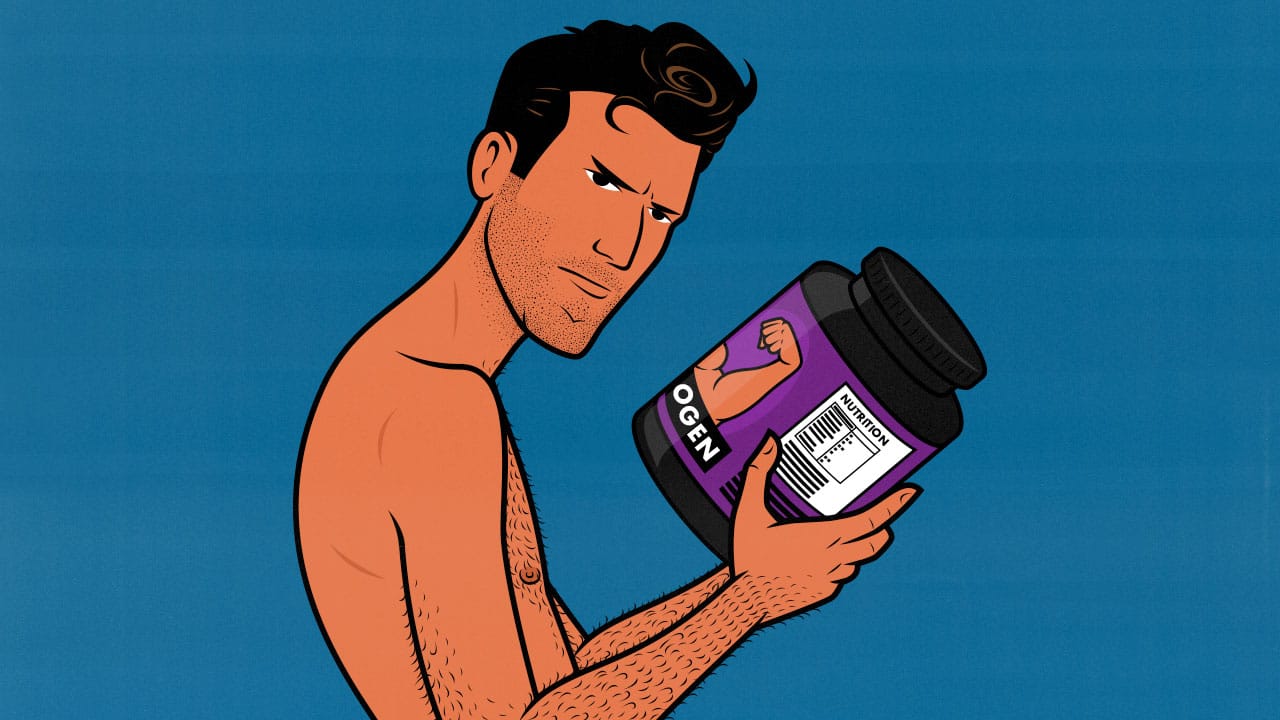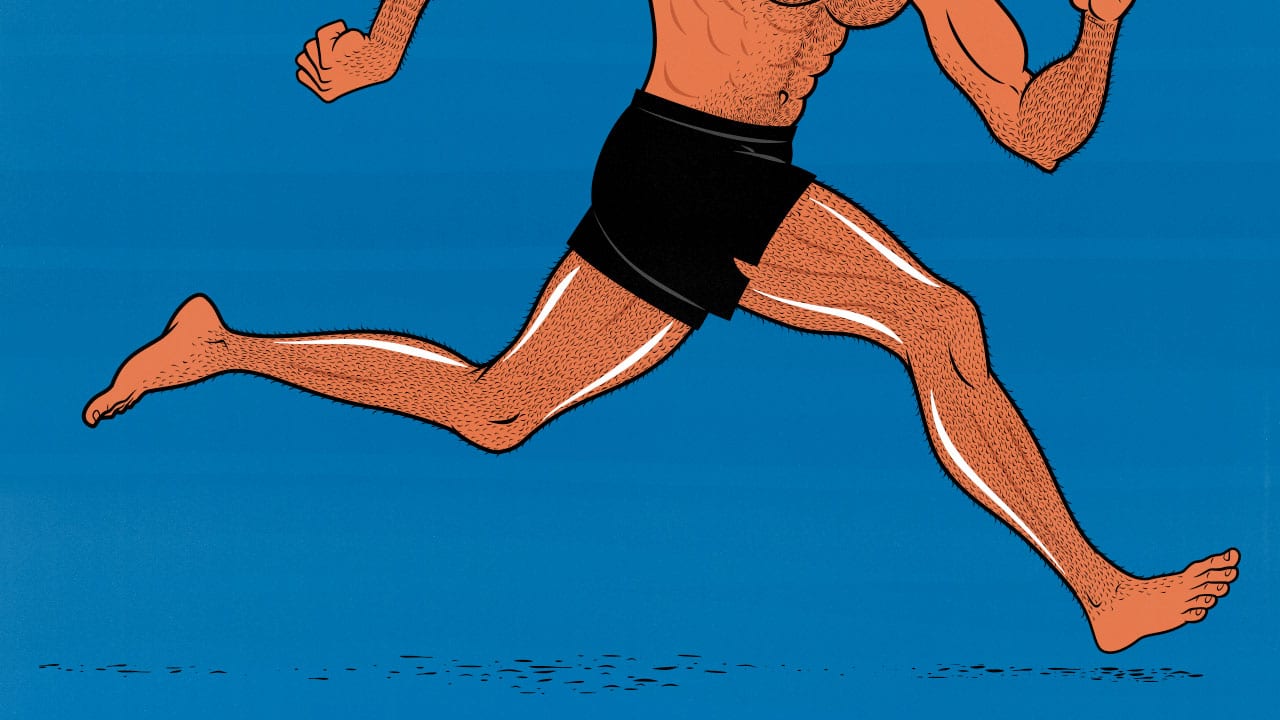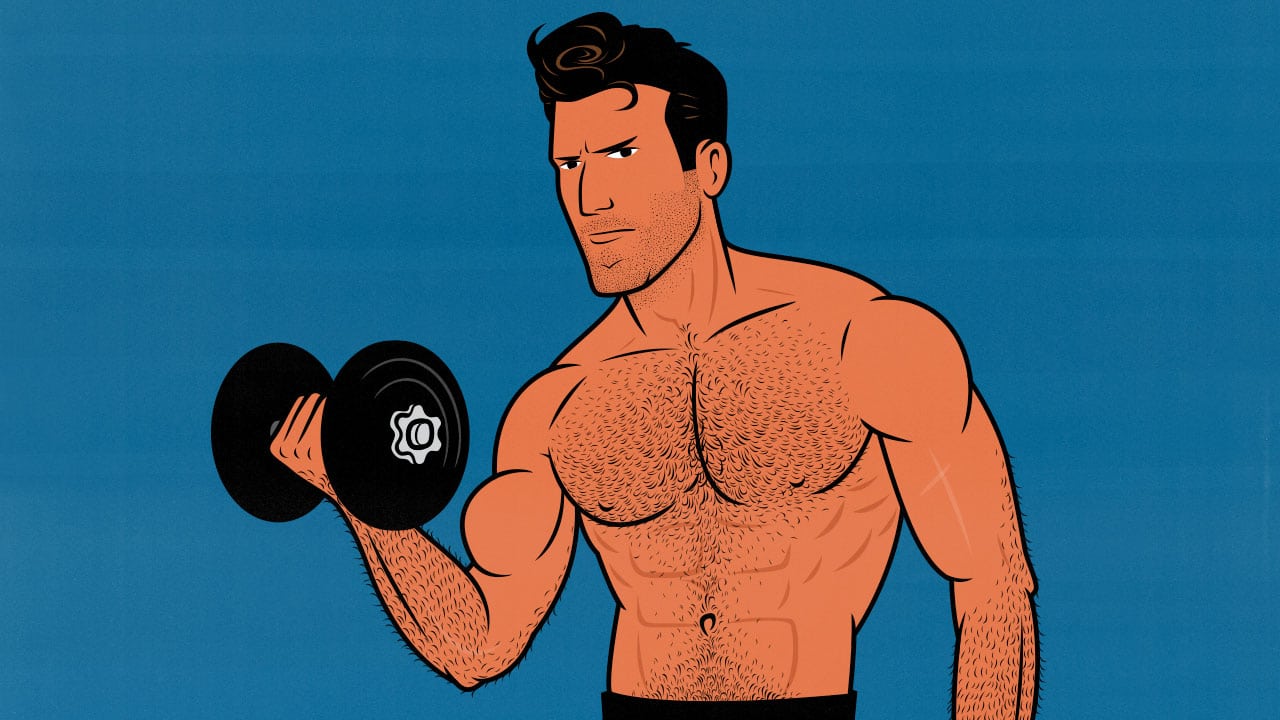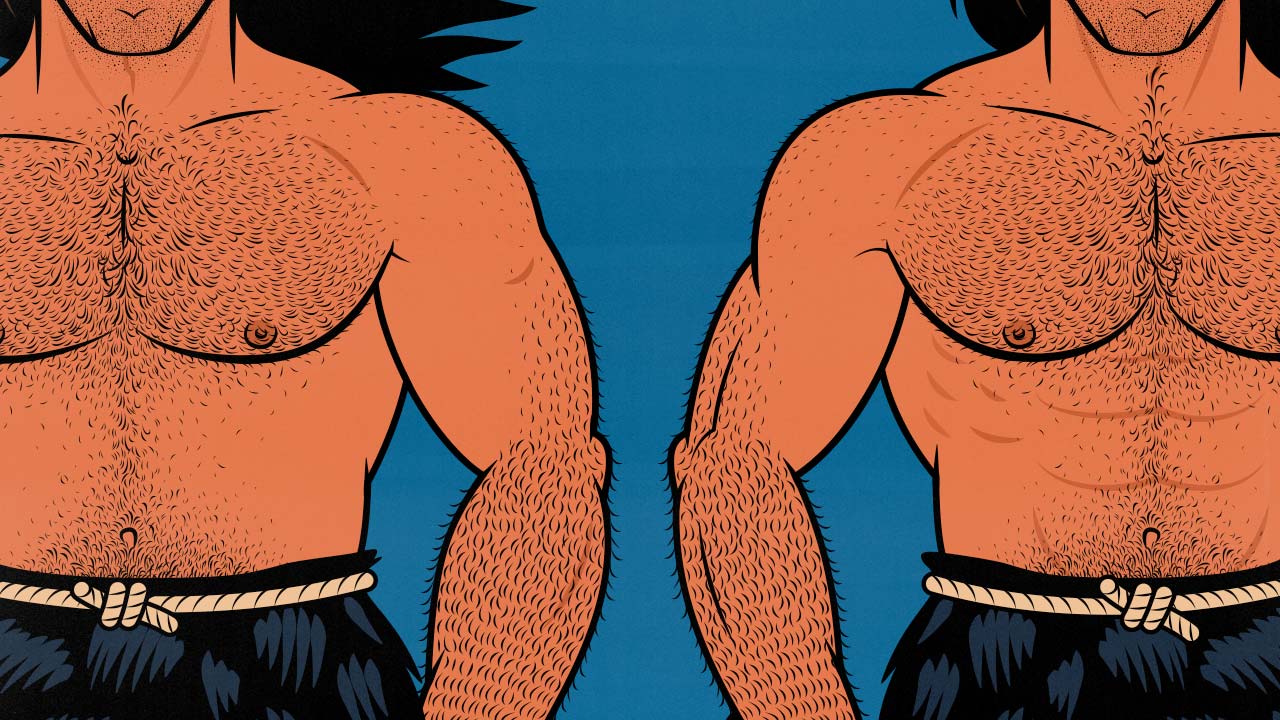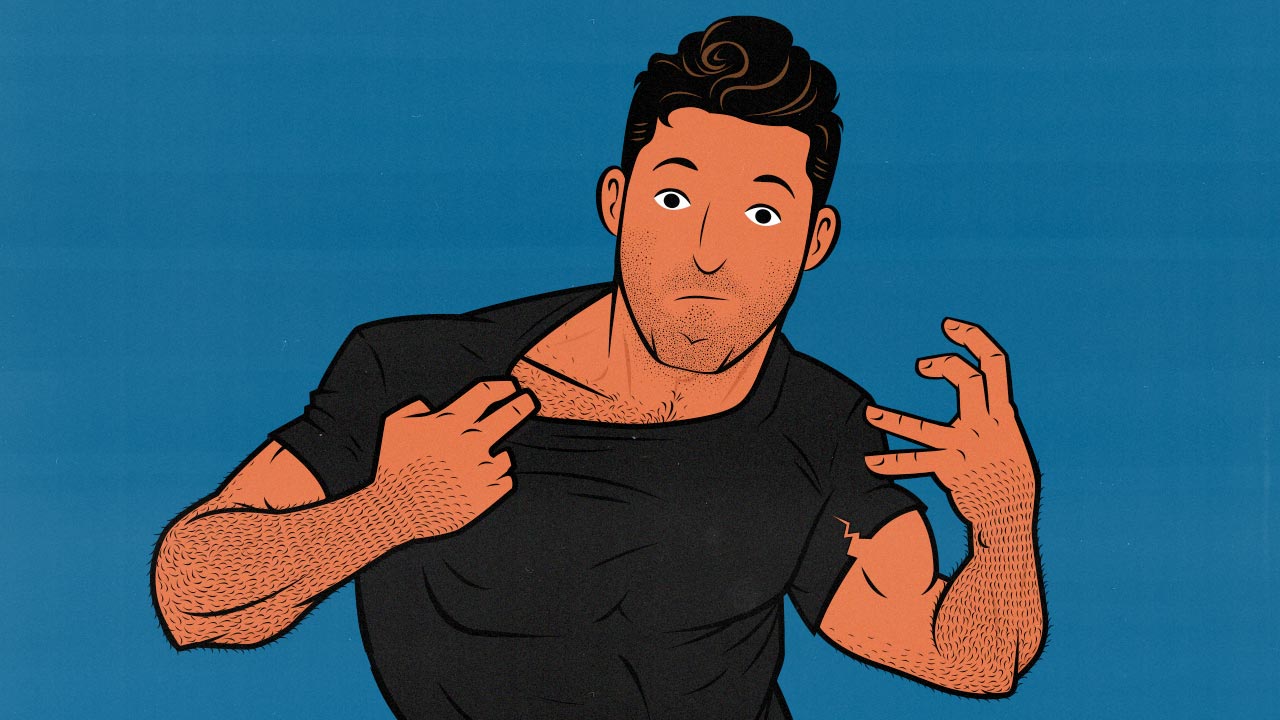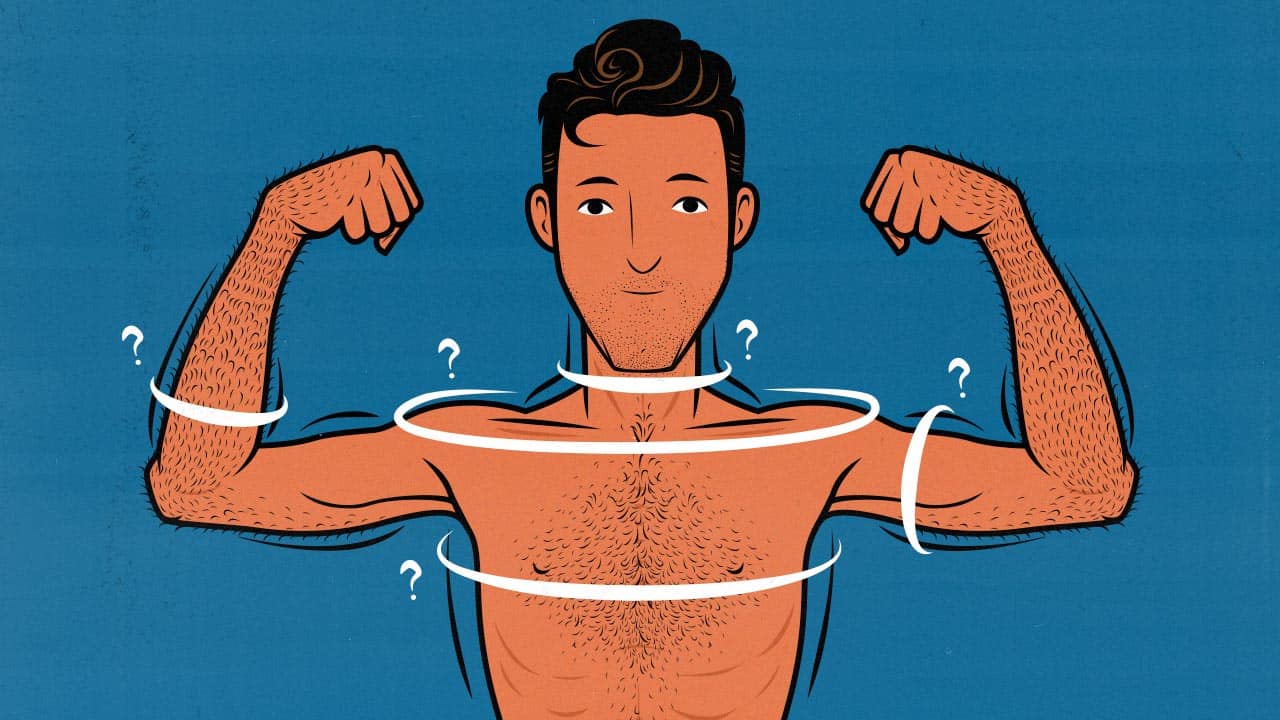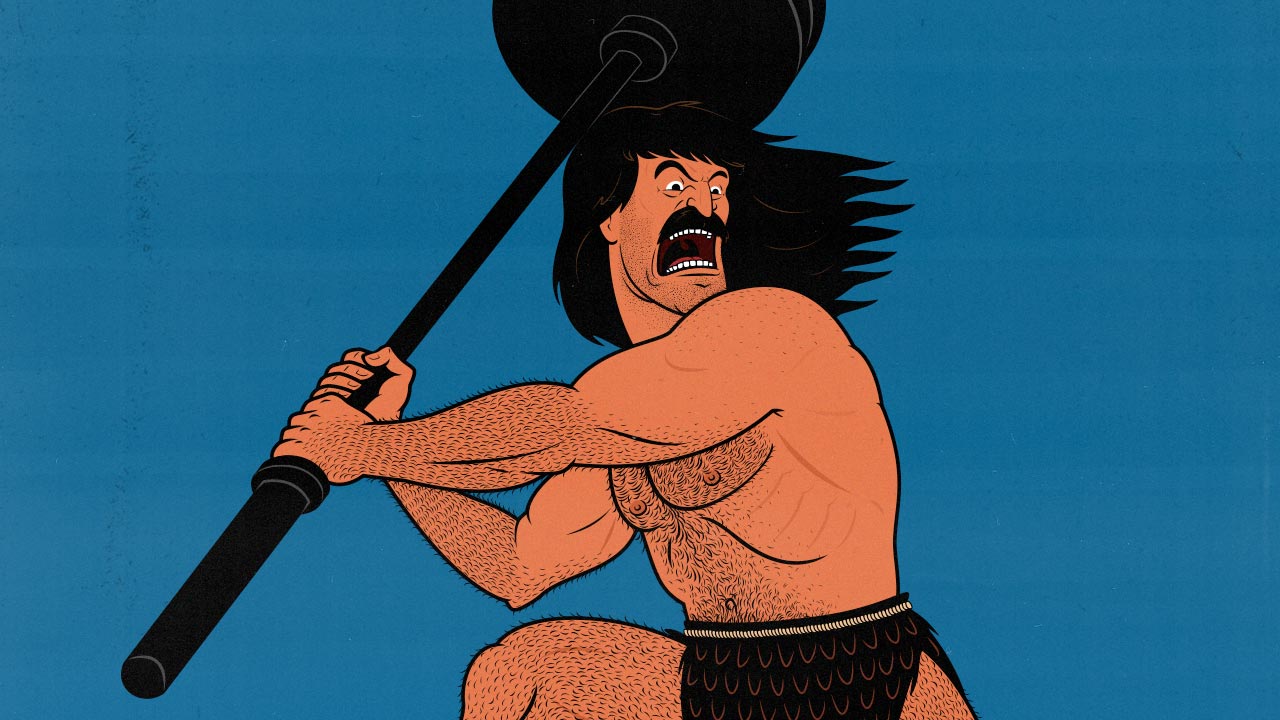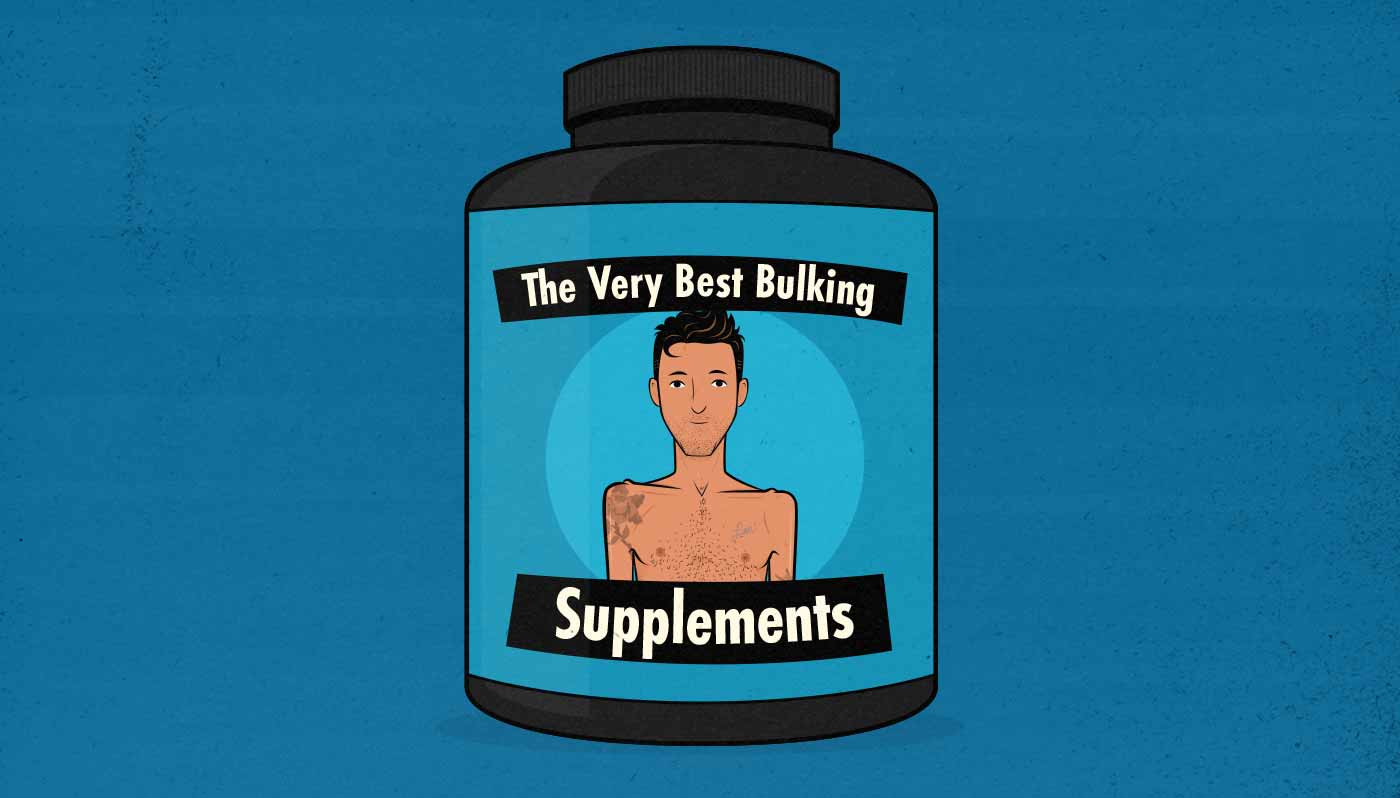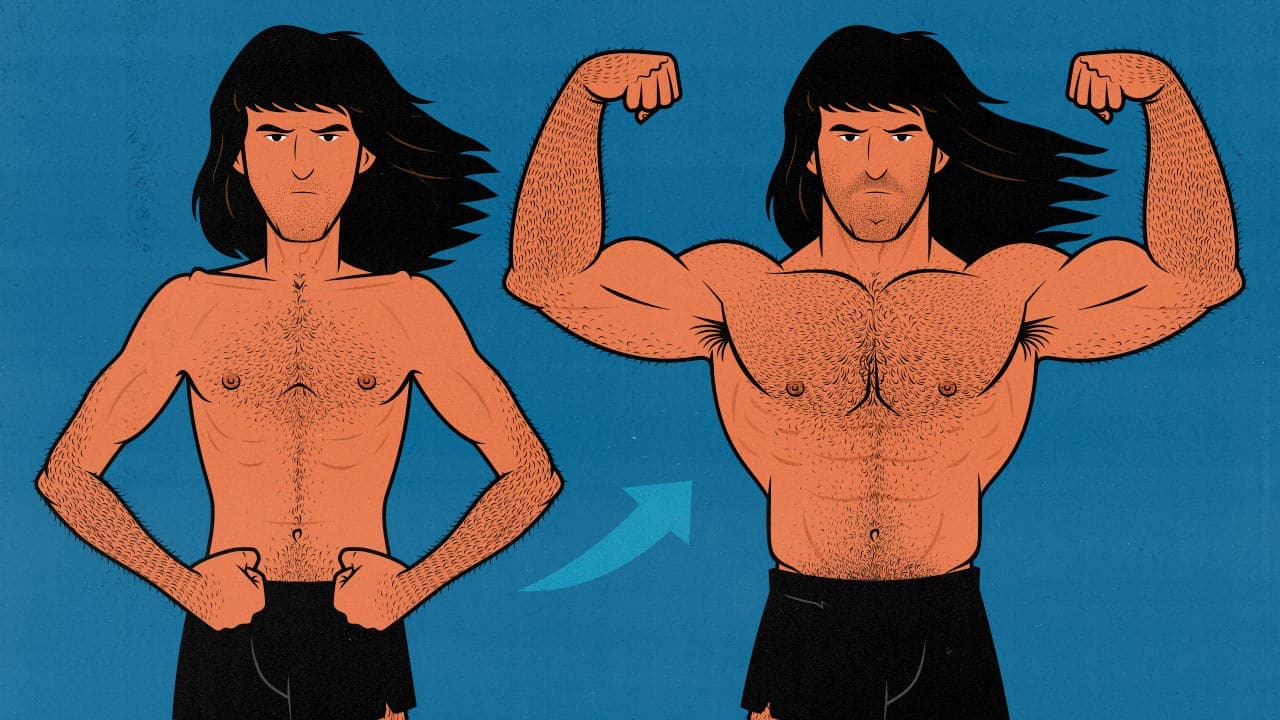Articles
Does Collagen Help Build Muscle? A Quick Research Overview
Collagen is a popular “anti-aging” supplement for maintaining skin elasticity, keeping our joints strong, and helping our connective tissues recover. So far, the research has shown that collagen does indeed offer all of those benefits, in a small way—probably (study, study).
Lifters often run into nagging aches and pains in their joints and tendons. Supplementing with collagen seems like a reasonable way to improve recovery. That raises an obvious question: what about muscle growth? Does collagen help build muscle?
Jacinto and colleagues tried to answer that question by comparing whey protein against collagen protein, then seeing which yielded more muscle growth. It’s a neat study. Let’s delve into it.
Delve DeeperDoes Cardio Kill Muscle Gains?
Cardio can kill muscle gains. We’ve known this for many decades. It’s common knowledge among lifters and shows up in studies. Most recently, a study found that cardio cut muscle growth in half. We’ll go over the nuance of that study in a moment.
That isn’t normal, though. Most people who combine weight training with cardio build muscle just fine. The latest meta-analysis found that cardio didn’t interfere with muscle growth at all (meta). In fact, I’ve noticed the opposite.
If you’re clever, you can use cardio to build more muscle. We’ll go over some interesting research. It’s something I’ve seen with clients, too. The guys who get the best results are often the ones who get fit while they’re bulking up.
Read MoreHow Many Calories Do You Need to Gain Weight? (With Calculator)
You’ll often hear that the number of calories you need to gain weight depends on your age, sex, height, weight, activity level, and metabolic health. That works well if you’re overweight like everyone else. It works less well if you’re starting off thin and trying to become muscular, neither of which is typical.
If you’re trying to gain weight or build muscle, you can forget most of those factors. They’re for estimating how lean and muscular you are. If you lift weights, you can be lean and muscular at 20 or 50, so those proxies won’t do you much good. If you have a rough idea of your body-fat percentage, you can be much more accurate.
The other thing to consider is how fast you’re trying to gain weight. If you’re bulking leanly, you’ll need fewer calories. If you’re bulking more aggressively, you’ll need more.
So, I’ve made a simple calorie calculator that will ask you all these questions and spit out an estimate. Once you have that estimate, we can talk about what to do with it.
Read MoreMaintenance Training Volume: How Many Sets to Maintain Muscle?
The other day, I wrote an article about Reverse Bulking, my favourite method for maintaining gains after bulking. The idea is to keep lifting weights, keep eating a good diet, and keep living a healthy lifestyle, but to start listening to your appetite again. Most naturally thin guys tend to eat less, lose weight, and reclaim any leanness lost while bulking—while maintaining their gains.
The idea of Reverse Bulking brings up a couple of questions. Perhaps the most important of those is how hard we should train to maintain our muscle size and strength. More specifically, how many hard sets do we need per muscle group?
Read MoreReverse Bulking: How to Maintain Your Gains After Bulking
Reverse bulking is for people who are sick of eating so much food but want to maintain the gains they made while bulking. I haven’t seen this discussed anywhere else, which is strange, given how well it works. I’ve been using this method on myself and clients for over a decade now, but we never named it, and I don’t think we’ve ever mentioned it our articles.
The idea is simple: most skinny guys hate eating enormous amounts of food. When they finish bulking, they want to go back to eating like regular human men again. But they’re worried that if they do, they’ll lose all their hard-won gains. That’s where reverse bulking comes in.
Full ArticleThe Newbie Gains Guide for Skinny Guys
If you’re new to lifting weights, you can build muscle incredibly fast. Lifters call this phenomenon “newbie gains.” Most men can gain over 20 pounds of muscle during their first year alone. Skinny guys can often do even better.
We specialize in helping skinny guys build muscle, and we’ve worked with over 10,000 clients over the past decade. We do this all day, every day, with clients ranging from everyday desk workers to professional and Olympic athletes. There are methods to get incredibly consistent newbie gains. But there’s a catch.
Although most new lifters build muscle quickly, some “hardgainers” fail to gain any muscle whatsoever. What’s going on here? Why are some guys able to build a lifetime of muscle in a single year, whereas others spend an entire lifetime unable to build a single year’s worth of muscle?
In this article, we’ll explain what newbie gains are, how they cause such rapid rates of muscle growth, how to take advantage of the phenomenon, and how to avoid becoming a “hardgainer.”
Read MoreAverage Bulking Results: Weight Gain, Measurements & Photos
Before-and-after photos are great, but there’s a problem. The guys who post them tend to be the ones who got the most impressive bulking results. Other times, the most disastrous results spread the furthest. Either way, the results you see online rarely represent the average.
Muscle-building studies have their limitations, too. They’re measuring what happens with different workout variables, dietary supplements, or rates of weight gain. They seldom tell you what to expect if you do everything properly.
In this article, we’ve taken 23 bulking transformations from our online member community. These guys started posting their photos and measurements before they started bulking, before knowing what results they would get.
We didn’t select the best transformations, we selected a random sample. That way, we can show you the full range of results, including the average.
By the end of this article, you’ll know exactly how much weight you can gain, how much muscle you can build, how much bigger your arms can get, and how long it will take.
Read MoreAggressive Bulking: How to Build Muscle FAST
If you’re a skinny guy desperate to build muscle fast, I get it. I remember hungering not for food but for muscle. I was too eager to heed any of the many warnings. I gained weight as fast as I possibly could. And to my great surprise, it worked.
I gained 20 pounds in 3 months. Then I helped my skinny roommate bulk up even faster. He gained 30 pounds in 3 months. Since then, we’ve helped thousands of other skinny guys do the same. Under the right circumstances, aggressive bulking can work incredibly well.
Not everyone should bulk fast. The stars need to align just so. You need to be skinny and naturally lean. You also need to be ready to bulk properly—to follow a good workout program, eat a nutritious bulking diet, and live a lifestyle that supports muscle growth.
If that sounds like you, good. Let’s delve into the thick of it.
Read MoreThe Best Bulking Supplements for Skinny Guys
Over 5,000 shares and 500 comments later, here’s our revised supplement guide for skinny guys trying to build muscle in time for last summer. We’ll cover supplements that speed up muscle growth, such as creatine. We’ll review supplements that help skinny guys bulk up, like mass gainers. We’ll talk about pre-workout supplements, too.
When talking about supplements, we use research, personal experience, and over a decade of full-time coaching experience. We’ve each gained seventy pounds (naturally). We’ve also helped over 10,000 skinny guys bulk up with our Bony to Beastly Bulking Program. Marco has a degree in Health Sciences, and he’s trained hundreds of clients, ranging from everyday desk workers all the way up to college, professional, and Olympic athletes.
We don’t sell supplements. There are no affiliate links.
Read MoreThe Skinny Beginner’s Guide to Bulking
In this guide, we’ll teach you how to bulk up, even if you’re a skinny beginner. This is the method we’ve used to help over 10,000 skinny guys build muscle, with clients ranging from deskworkers to Olympic athletes. It’s also the method Marco and I used to gain over 60 pounds each.
We kept this guide as simple and practical as possible. But bulking is what we do. We’ve written articles about every aspect of building muscle. You can follow the links as deep as you want. There’s no bottom.
Read More
